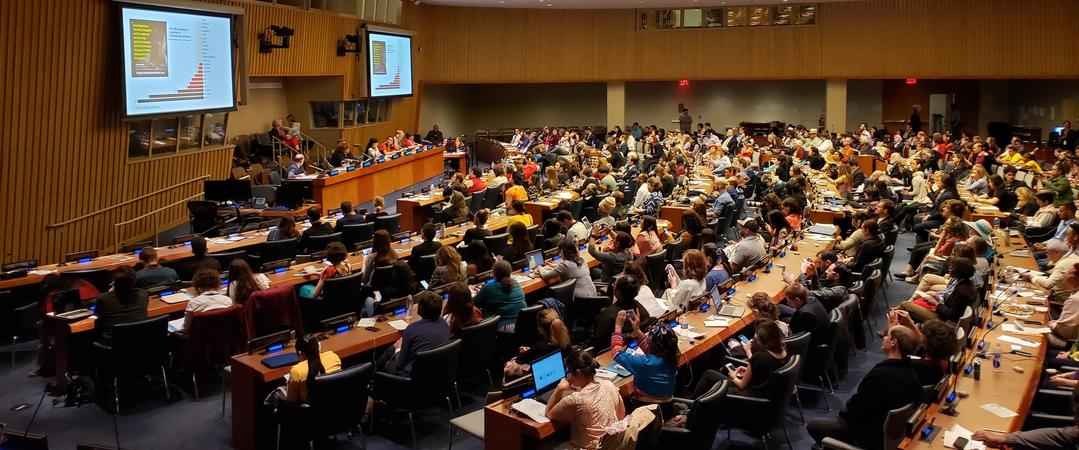By Scott Allen
The Boston Globe
Wednesday, October 21, 1998
Section: National/Foreign, Page A20
The world’s major religions must do far more to provide the “moral force” behind environmental preservation, such as persuading people to make sacrifices and help the victims of pollution, according to the results of a Harvard University project released at the United Nations yesterday. The Harvard Project on Religion and Ecology, which involved more than 1,000 scholars, clerics, and activists worldwide, found that believers in the 10 most popular religions have barely scratched the surface of powerful religious defenses of Mother Nature. Instead, project leaders say, they often settle for fables such as St. Francis’s love of animals.
“It’s clear that religions are continuing traditions and that’s part of their strength, but they have to change to meet challenges,” said Mary Evelyn Tucker, a Bucknell University religion professor who started the Harvard Project on Religion and Ecology. “This is a new moral issue that religions need to adapt to.” Religious environmentalists welcomed the boost from Harvard, which includes a new Forum on Religion and Ecology at the Cambridge university to serve as a clearinghouse. Already, 60 groups and individuals have agreed to work through the forum.
“They’re absolutely right. The church has been silent for too long, especially since the Industrial Revolution, on issues of stewardship of the abundance that God gave us,” said Michael Crook, outreach director at the Indiana-based Evangelical Environmental Network, which works with evangelical Christians.
But some conservative Christians, who say that religious leaders should tend to souls and not the planet, saw the Harvard project as an attempt to bring politics into the church. “Frankly, we see it as largely a strategy by the environmental movement to broaden their base,” said David Ridenour of the National Center for Public Policy Research, a think tank that supports conservative theology.
Religious leaders are increasingly involved in environmental issues, but members of the Harvard Project learned over the course of 10 conferences in Cambridge that much religious teaching on the environment was skin-deep. “Each tradition had its own stereotyped idea” about the environment “that they foregrounded initially, and they were very self-congratulatory,” recalled John Grim, who started the conferences with his wife, Tucker. Both are professors at Bucknell in Pennsylvania.
Over three years, the conferences drew more than 1,000 participants, including the world’s largest-ever gathering of Shinto scholars outside Japan. The religions “all have principles of abstention and asceticism, of making do with what’s sufficient,” said Lawrence Sullivan, director of the Harvard Center for the Study of World Religions. Those values, he said, could be a powerful counterweight to overconsumption and wastefulness that damage the environment. Michael McElroy, chairman of the Harvard University Committee on the Environment, said scientists pushing for policies that ward off mass extinctions, global warming, and pollution now could find a powerful new ally in the world’s religions.
“The Catholic Church” in the United States “reaches something like 60 million people on a regular basis,” said McElroy. If priests “start off with the fundamental principle that, if I am rich, I have a responsibility to help people that are less well off,” they can lead parishioners to environmentally conscious habits and charity toward distant ecological crises, he said.

